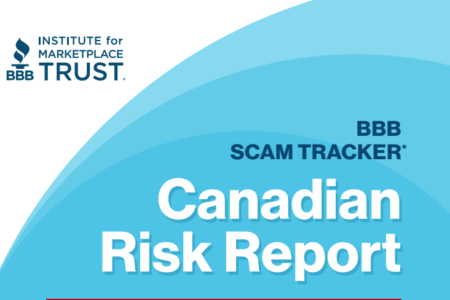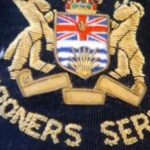Water Stewardsip Task Force -- Update.
Rossland’s Water Stewardship Task Force: Update!
September 5, 2009:
1. Fall Fair: Watch for our booth there, and visit for more details on what we’re about and what we’ve done so far. See you there!
2. Sensitive Habitat Inventory Mapping (SHIM) project: Columbia Basin Trust has awarded us funding to complete this project on Rossland’s watershed catchment areas, and the project is underway, headed by Jennifer Vogel. For a more complete explanation of why we wanted to do the SHIM project, see the information below or check out this link:
http://www.cmnbc.ca.
3. We are planning to put on a 1-day Streamkeepers workshop in partnership with Red Mountain Resort and Friends of the Rossland Range. Watch for more details.
4. On the more mundane front, the Task Force has been engaging in a SWOT (Strengths, Weaknesses, Opportunities, Threats) analysis of Rossland’s water system, and is working on further recommendations for the Sustainability Commission to send to City Council.
5. The Task Force has been considering the potential benefits of working with the POLIS Project on Ecological Governance at the University of Victoria. For more information on that, try this link:
http://www.polisproject.org/PDFs/ThinkingBeyond_eng_lowres.pdf
************************************************************
Sensitive Habitat Inventory Mapping (SHIM)
Good land use planning and decision making require accurate, precise and recent spatial habitat information. Accurately inventoried and delineated small urban and rural watercourses and watersheds will help improve current land use planning processes and promote decisions made through greater understanding, improved planning practices, heightened protection and clearer priorities for fish and wildlife habitat restoration and enhancement. The lack of accurate and recent data has been identified as a priority weakness by the Water Stewardship Task force. We feel that completing a detailed; a baseline inventory, such as SHIM is the first step to better resource management planning. SHIM information provides planners, community members and stewardship groups such as ours, with up-to-date information, allowing for more informed planning decisions and the protection of sensitive ecosystems and water quality. Without it, many sensitive areas, such as riparian areas may be severely influenced by development.
How does SHIM work?
The phases of this project are:
•Historical data review
•Training of community volunteer members and public outreach and education
•Field Component: GPS, mapping, inventory and habitat assessments
• Data Management: compilation of field and historical data
• Upload to Community Mapping Network
Who is the Community Mapping Network (CMN)?
The CMN integrates data from many sources and makes it accessible at no cost to non-government organizations, communities, the public, government agencies, and industry through an interactive Internet-based mapping and database system. CMN works closely with community groups, municipalities, planners to make data accessible to the public. The CMN is made up of a number of community groups, organizations and individuals that collect and map natural resource information.
What does the CMN do?
• Builds capacity within communities to collect and manage resource information
• Uses a network of servers to provide internet access to resource information, base maps and imagery
• Develops common methods and standards for data collection
• Links community-based mapping with larger agency databases such as the
Canada/BC Fisheries Information Summary Systems (FISS) and the Coastal Resource Information System (CRIS)
• Shares ideas and project information locally and internationally
• Provides information about watershed management, stream ecology, fish and wildlife habitat and restoration opportunities and promotes active stewardship
• Creates an open forum for discussing the use and management of natural resources and,
• Promotes planning sustainable communities.
What are the benefits of SHIM and CMN for Rossland?
This project will provide opportunities for education, local skill development, much needed public awareness and potentially an expanded local economy. The long term viability of our community depends on processes that fully integrate environmental, economic and social considerations into all aspects of decision making. The benefits of this project include, but are not limited to:
• Consolidation of local resource knowledge for support of community-based management (information becomes more accessible and increasingly familiar to use)
• Seamless integration of environmental information with other municipal datasets
• Updated maps and environmental inventory (errors or omissions are identified and corrected at source)
• Reduced staff and turnaround time for habitat referrals by all reviewing agencies
• Opportunities for training of community members, youth and students in data collection, data analysis and data management skills.
• Opportunity to engage several Rossland groups/organizations into partnership (Tech Cominco, KCTS, FORRS, etc.) and,
• Opportunity to provide valuable public outreach about a resource that affects us all.
Essentially, a knowledgeable community that knows where their sensitive resources, lands and wetlands are situated can more effectively care for them and plan for a sustainable future.
























